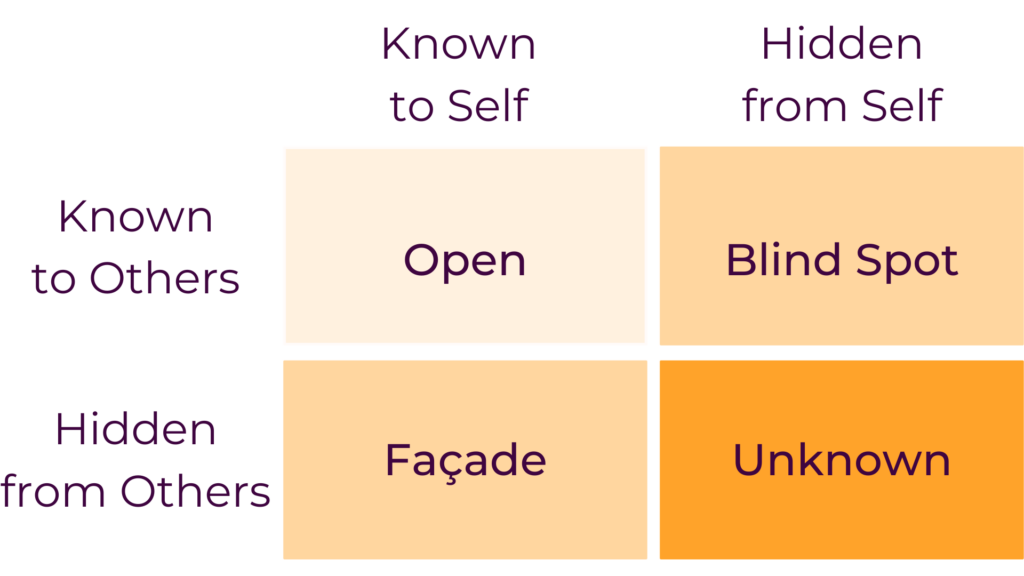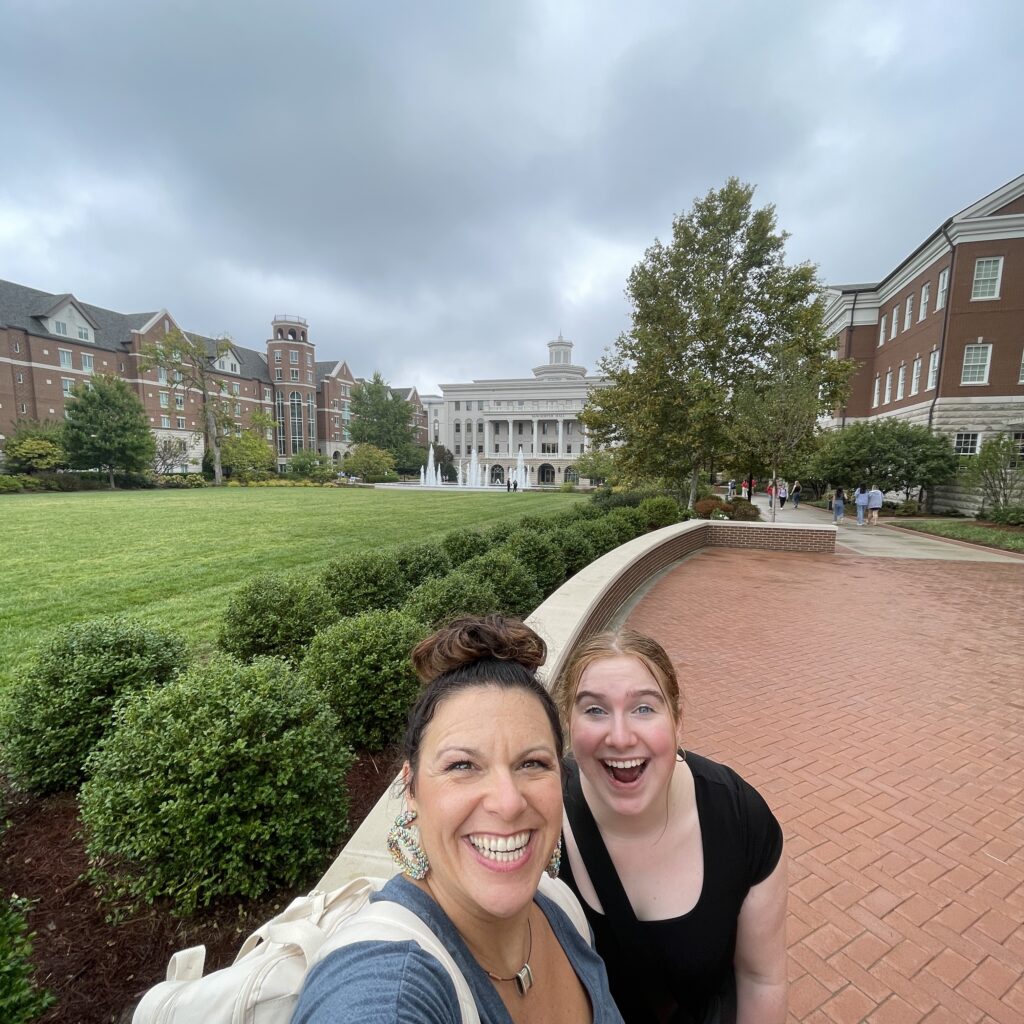Bubbling fountains surrounded by late summer flowers, wrought-iron gazebos dotting an expanse of green lawn, and majestic buildings lined the perimeter. Walking along the brick path, the beauty was everywhere at Belmont. But that same beauty created a challenge for us as we tried to find the right building for the next campus event.
On a college visit with my third kiddo, Joyosity kept popping into my mind. Creating a positive culture in your workplace with all the complex people you work with is especially challenging when you’re unsure of where to go.
Everything was beautiful, but we were still lost.
Work can be like that on the surface. Your leadership can look good. The way you work with people can be fine. A few people are leaving, but not a lot. Profits are okay. Isn’t this good enough?
Let alone if you have a workplace that feels far less than beautiful with far more frustrations and struggles.
Underneath the veneer of fine, you still don’t have all the right pieces. You can feel it, but it’s easy to think you find the way by just keeping going.
When in reality, that’s a stunning lack of self-awareness and a recipe for an eventual downhill slide in your peace and your productivity. (I know. It’s a hard truth. I call that an Ouch and Amen.) Just keep going doesn’t help you if you don’t know where you actually are or where are trying to go.
If you want to make real change in your team culture and your leadership skills, here’s what you actually need to start: Exploring self-awareness.
Did you just roll your eyes at me? Lots of people have that reaction. Yet study after study of healthy organizations and effective leadership shows that the essential foundational skill you need is self-awareness.
Self-awareness improves job and relationship satisfaction, happiness, career advancement, and profit levels. Lack of self-awareness increases anxiety, stress, and depression. Which outcomes do you want? I know I like the first set of options and prefer to avoid the others!
Self-awareness improves job and relationship satisfaction, happiness, career advancement, and profit levels.
And yet Dr. Tasha Ulrich’s research shows that only 10% of people have accurate self-awareness. (also, ouch!)
Let’s define self-awareness: having the metacognition to examine your internal world and your impact on the external world. Metacognition is just a fancy word for thinking about your thinking. You’re exploring your behaviors, emotions, meanings, stories, thoughts, strengths, values, and weaknesses.
Back to that campus visit…
We had our map and tried to identify buildings, but so many had the same name. (I’m looking at you, Massey Performing Arts Center, Massey Center, and Massey Center of Excellence!) Even with a map, we still didn’t know where we were and needed a guide.
When I’m doing keynotes and workshops on this topic, I use the Johari window as a model of self-awareness.

This is a guide to exploring self-awareness. Quickly, you can only make changes when something is in the OPEN category. This is where you can discuss options, brainstorm solutions, and get direction.
To move from FAÇADE to OPEN: practice self-disclosure.
Communicate what you know, what you’re thinking, what you need. People cannot read your mind; you have to share.
To move from BLINDSPOT to OPEN: request feedback. Ask for feedback specifically in one area and from people you spend enough time with to have informed examples. Ideally, you trust and admire them as well.
So what do you do with that scary UNKNOWN quadrant? Well, first you need to know the Johari Window works like sudoku — you can’t go diagonally. You have to move unknown to blindspot or façade first. My favorite tool for the unknown quadrant is the Enneagram. Next week, I’ll be back with more about how to use the Enneagram at work.

You’ll be happy to know we found our way to the right building, and it turned out to be the most informative and relevant part of the visit.
The experience created trust, transparency, and clarity. Again, signs of positive culture. Something we would have completely missed if we had continued to roam the campus without awareness.

When I am working with teams and organizations, we dig in on the HOW of self-awareness that produces the outcomes you want: improved job and relationship satisfaction, happiness, career advancement, employee engagement, productivity, and profit levels.
I’d love to brainstorm ideas with you. We’ll take a look at what’s working and what isn’t and identify what’s a great next step for you. Grab a 15-minute phone call with me here.
I don’t want you to be the 90% of people who are roaming through life unaware. I want you to explore self-awareness as the way to create Joyosity in your world.

[…] have some Enneagram wisdom, you have a language that describes your inner world. So last week, when we talked about the Johari Window, self-disclosure is the way to open and deal with issues, conflicts, and problems. The Enneagram […]
[…] that moves you from the blindspot space to the open space where change can happen (remember the Johari Window from last […]